You may have come across the term ‘quality of life’ during conversations with your oncologist or while reading other articles on cancer. This is a common term used to refer to a person’s overall sense of well being and satisfaction with life.
While discussing a diagnosis or the treatment options, most doctors discuss how the cancer treatment will affect one’s daily functions, or their ‘quality of life’. Most doctors consider quality of life as a priority when planning your treatment.
This article helps to understand what this term means, and how it will help you.

Understanding ‘Quality of Life’
According to the World Health Organization (WHO), quality of life (QOL) is defined as an individual’s perception of life, values, objectives, standards, and interests in the framework of culture.
It is described as an individual’s general sense of personal well-being and overall satisfaction with life.
It considers concepts like good health, education, employment, interpersonal relationships, personal and family safety, adequate housing, and leisure pursuits.
As QOL is a broad-ranging concept that considers other aspects of well-being, for life concerns that are most affected by health or illness the term ‘health-related quality of life’ is used.
Health-related quality of life (HRQL) is defined as the extent to which one’s physical, emotional, and social wellbeing are affected by a medical condition or its treatment. It is not just the absence of disease.
It focuses on the aspects that can influence one’s health status directly; these aspects can include the symptoms of the illness, treatment satisfaction, treatment side effects, physical functioning and wellbeing, social functioning and mental health, including cognitive functioning and emotional wellbeing.
Every patient has different expectations from the treatment and different coping ability. Thus, HRQL should be measured from an individual’s viewpoint, rather than their caregivers or healthcare professionals.
For cancer patients, their HRQL expectations and aspirations should be discussed. This will help them understand the challenges of each anticancer treatment option.
What does HRQL comprise of?
Overall well-being of an individual depends on the physical, mental, and social aspects of a person’s life. These components of HRQL are discussed in brief:
-
Physical well-being
This refers to feeling very healthy and full of energy.
In cancer patients, physical well-being comprises the ability to perform physical activities independently and carry out regular, basic functions.
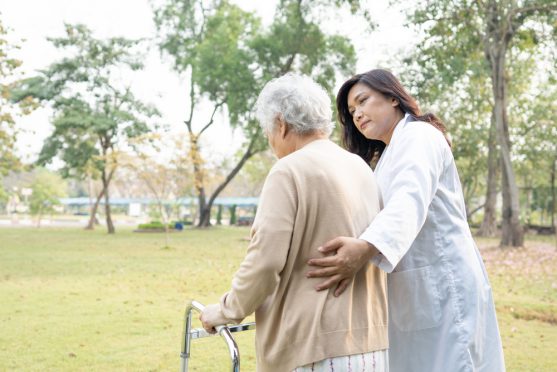
These activities should not be hindered by physical limitations such as bodily pain.
It involves the relief or control of symptoms. This component is a priority for many oncologists.
-
Mental well-being
This component conveys how an individual evaluates themselves and their quality of life.
It includes the ability to have a sense of control against a disease, which is characterised by emotional distress, altered life priorities, fear of the unknown, and positive life change.
It also consists of being satisfied with one’s life, accepting one’s self, balancing positive and negative emotions, incidence of anxiety, depression, anger, stress, seeking personal growth, and competence; and generally experiencing optimism.
-
Social well-being
This involves providing and receiving good support from the people around, such as family, friends, neighbours, etc.
It evaluates the impact of cancer on the patient, their roles, relationships, and their ability to deal with this impact.
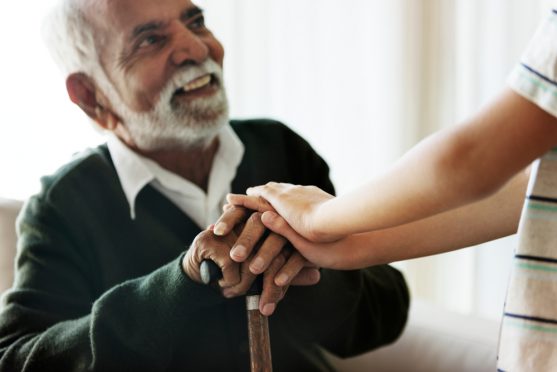
Factors affecting Quality of Life
Quality of life in cancer patients, depends on various factors, some are discussed below:
-
Age
HRQL can be affected by age; the normal process of ageing can influence adjustment to cancer and treatment over a period of time.
In non-cancer individuals, increasing age is associated with decreasing HRQL for all the functions.
However, a clear understanding of this relationship in cancer patients is not well established.
-
Disease stage
The stage at which the cancer has been diagnosed has an impact on quality of life among cancer survivors. In some studies, lower cancer stage was associated with better QOL.
-
Co-morbidities (other illnesses)
The most common comorbidities include diabetes mellitus, hypertension, heart disease, and depression.
Generally, any comorbidity is associated with poorer QOL.
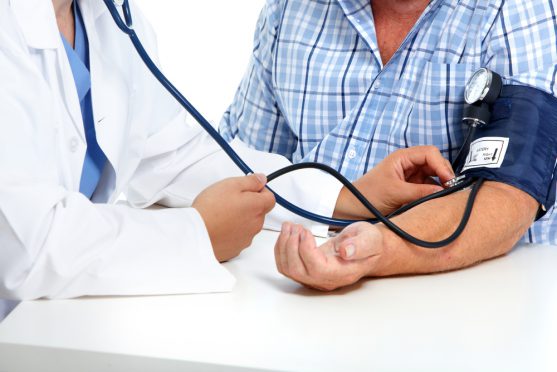
Different comorbidities have different impacts on QOL. Based on the type of cancer, and cancer stage, the association of comorbidities and HRQL varies.
-
Cancer care
Receiving the right treatment, at the right time, can have a major impact on quality of life.
Along with standard cancer treatment, receiving palliative care and support can improve the QOL of cancer patients.
-
Financial status
Cancer diagnosis, treatment, recovery and follow-up pose a major financial burden on cancer patients and their families.
Financial distress can affect the physical and mental health of the patient.
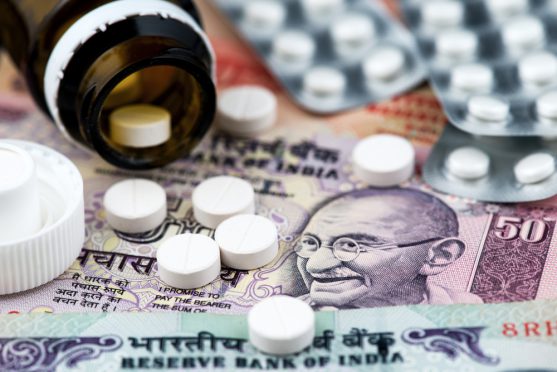
Lower financial status or increased financial burden is associated with declining QOL in cancer patients and survivors.
How can you improve your QOL?
As HRQL in cancer patients depends on various factors, there are some ways to improve the overall QOL.
-
Physical activity
Research has shown that physical activity can improve physical, psychological/emotional, and social functioning, help reduce treatment-related side effects such pain, fatigue, nausea, etc. and enhance general life satisfaction among cancer patients and survivors.
Exercise helps to improve energy levels, body weight composition, physical strength, flexibility, functional mobility, ability to relax and sleep quality.
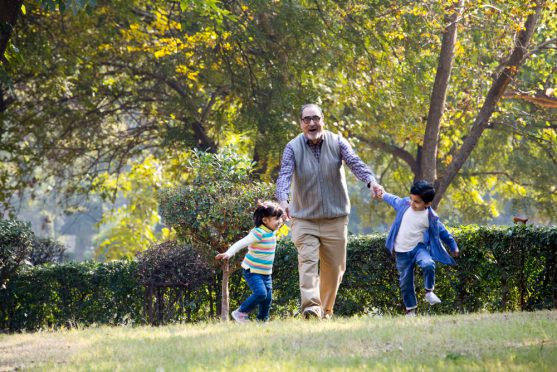
Incorporating physical activity in your daily schedule helps to shift your focus from sickness and disease to health and wellness.
Some of the exercises that can have these benefits include aerobic exercises like walking, running, swimming, cycling, yoga and other mindfulness-based exercise interventions.
You can read more about how to be physically active here.
-
Pain management
Many cancer patients experience pain either due to the cancer itself or its treatments. It can interfere with your daily activities and prevent you from living your life.
Your cancer care team can help you manage your pain. Keep a track of any particular timing or location that pain persists for a longer duration, its effect on your work, household chores, exercise, eating, etc.
Your doctor may prescribe medications for pain relief.
-
Social support
The support of partners, family, friends, healthcare professionals and other patients falls under social support.
Social support can be expressed in various ways, such as educating or advising on the treatment options, general patient care, psychological counselling, financial support, etc.
Studies have shown that social support has a positive impact on overall health, mental well-being and quality of life.
Social support consists of social functions and relationships. It helps to reduce unpredictable behaviour, and protect against negative mental stress.
Support groups also have proven to be beneficial for most cancer patients. Convey your needs to your healthcare team, and they can direct you to the right support group.
Onco.com’s support group can be joined through Facebook. Click here for more details.
-
Patient education
Patient education involves various information materials that helps to improve knowledge about their condition, treatment and measures to maintain good health.
Such information helps the patients understand their cancer treatment, empowering them to make their own decisions, improving health outcomes and enhancing the quality of life.
For the majority of cancer patients, their healthcare professionals are the primary education source.
-
Counselling
Counselling helps to cope with reactions to the cancer diagnosis and treatment (such as anger, fear, anxiety, reactions to changes in the body, etc.).
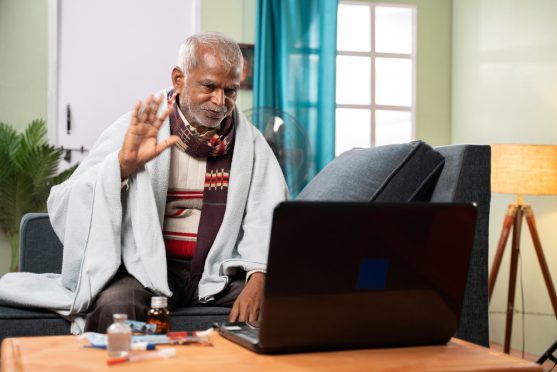
It also helps manage side effects such as pain, fatigue, and explore other personal or relationship issues.
Cognitive-behaviour therapy consists of modifying negative thoughts and behaviours associated with cancer, and replacing them with more helpful ones.
Read more about why cancer patients and caregivers need counselling here.

